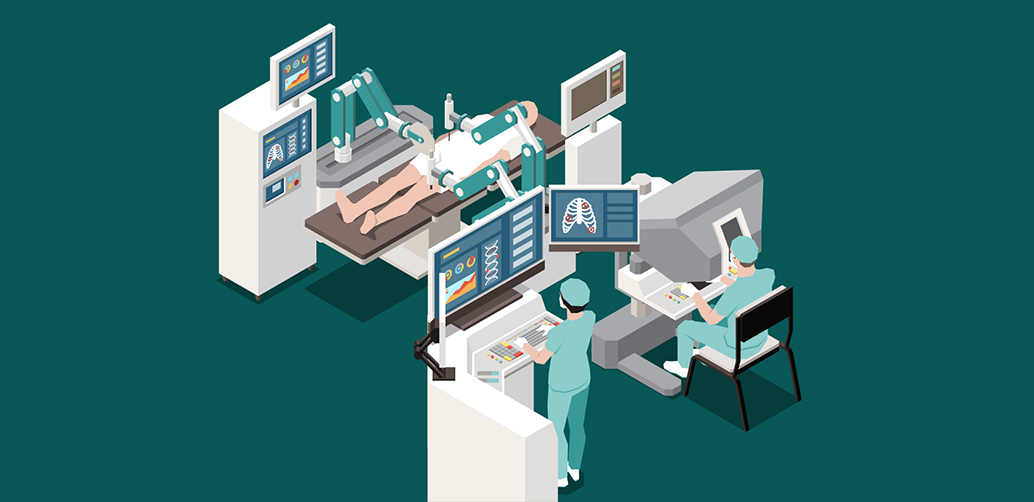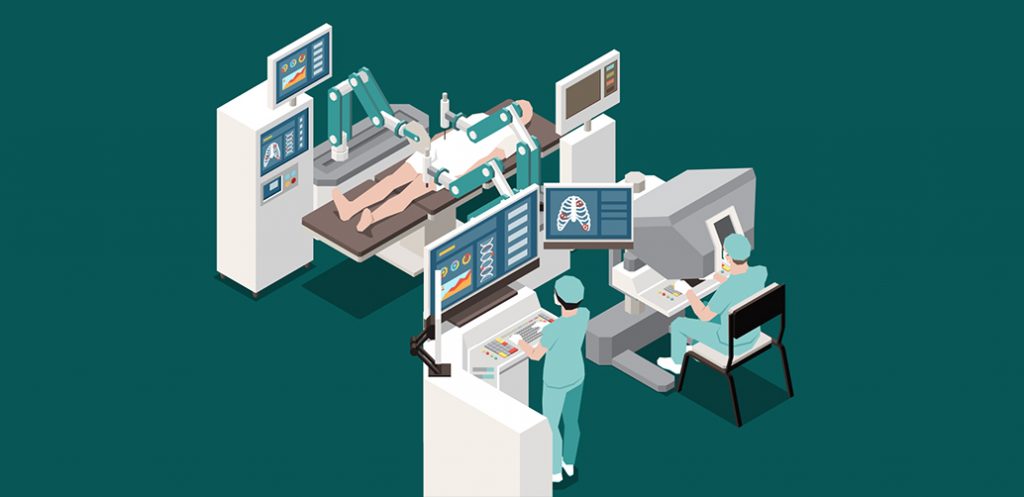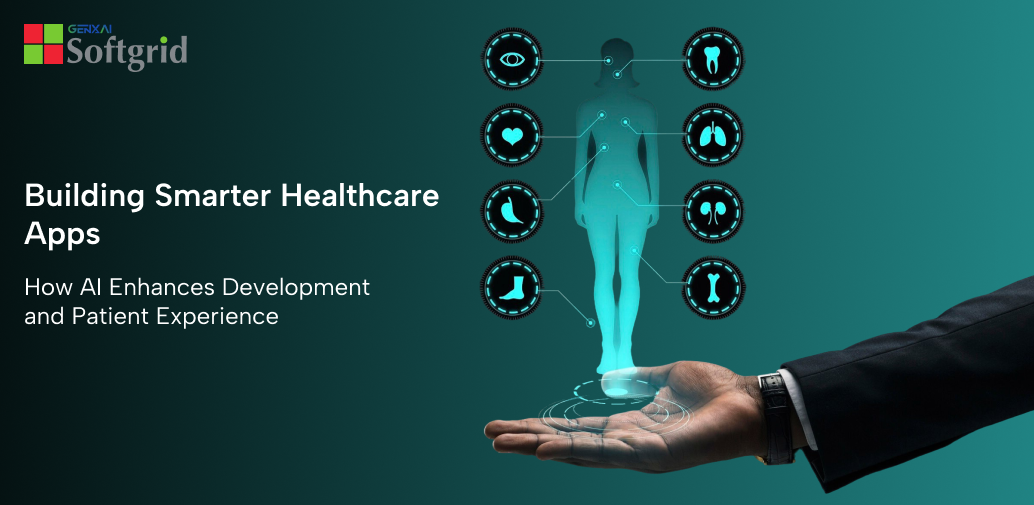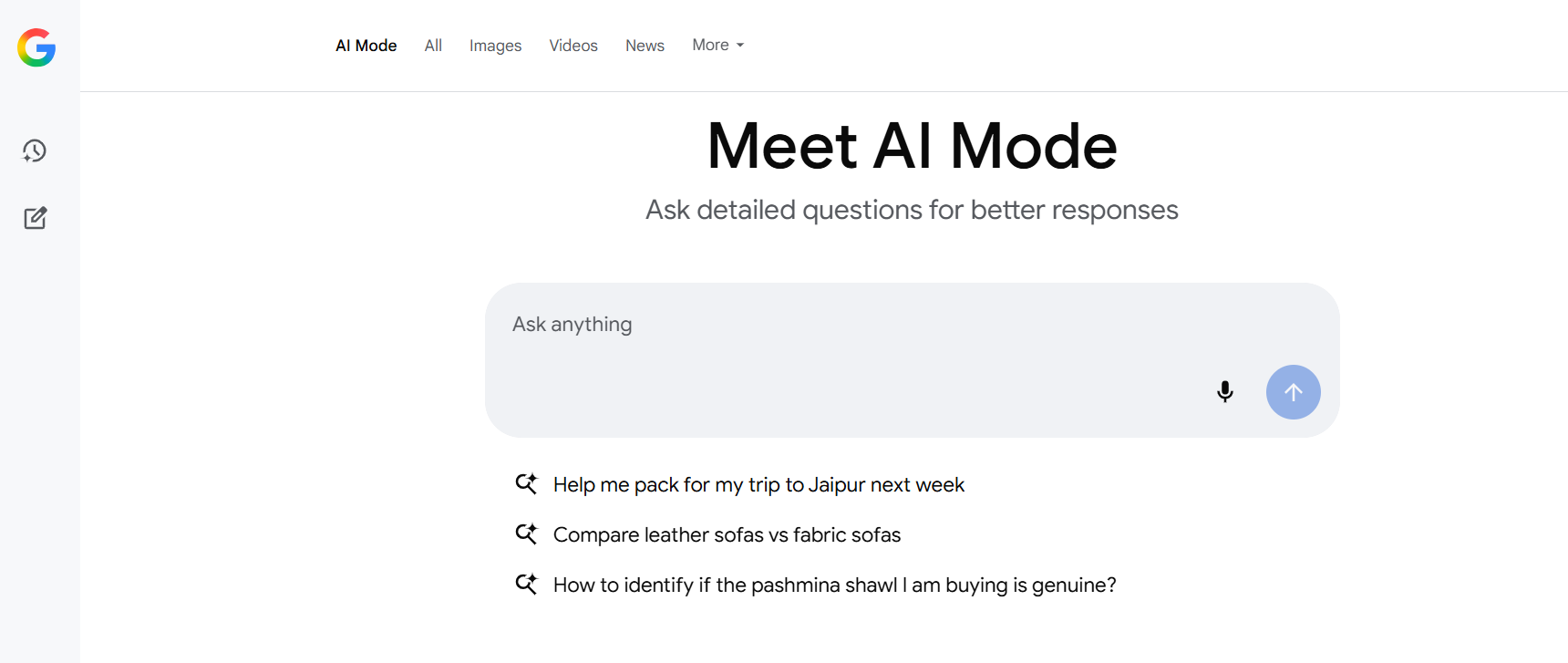The healthcare industry changed a lot during the covid pandemic and the shift toward distance monitoring and virtual healthcare is much evident. The conventional approaches to treatment and care have been functioning better with its new ally of virtual primary care and other remote healthcare facilities. These technologies of treatment and monitoring were already present before the pandemic but were not popular among most healthcare organizations and thus didn’t get implemented in the medical facilities. But that scenario has transformed and medical facilities are having the infrastructure to provide virtual care to the patients.
There will always be patients who won’t be able to receive treatment through complete virtual care and require physical care after being admitted to the hospital. But likewise, there will be a huge number of patients who will be the ideal candidates to receive virtual care and remote monitoring. When it comes to primary care it becomes highly important to form a concrete diagnosis to proceed with the exact care which is required by the patient.
The primary care physicians who are closely attached to the virtual primary care process that primary care cannot be totally delivered virtually all the time. After considering it they are providing the virtual form of primary care wherever it’s feasible and making the healthcare industry more flexible and advanced with the care structure. Virtual primary care has many forms like Telemedicine, Telehealth, Remote Monitoring, and other models of care also do exist.
Virtual care has also been a challenge for most medical professionals but they have gladly adapted to the process and have helped in developing their diagnostic and monitoring skills too. The technological strength of virtual care is immense and provides such a software platform that covers healthcare from every perspective. Everything becomes more organized including patient symptoms, blood test reports, other scan reports, medications, immunization and all other aspects of patient care remain in one single virtual platform. This leads to better treatment and accurate diagnosis making the patients heal in a much shorter span.
Virtual primary care has been highly beneficial for the patients who stay in rural locations or isolated towns from where professional medical help stays at a huge distance. They can take the advantage of modern virtual primary care to provide the primary stage diagnosis and medical treatment to the patients which often saves the patient from deteriorating into a much more critical medical condition. The virtual care platforms are being made with a simplistic approach by healthcare IT vendors so that doctors can navigate around the platform efficiently and utilize its benefits completely. The patient’s end of the communication is built with more importance so that the essential medical data always remains accurate and intact.
The transformation from physical care to virtual care
Virtual primary care has also been extra benefitting for the old age group who suffer from age-related diseases or other chronic diseases which are not totally curable. These patients require frequent monitoring and routine checks that previously needed the patient to visit the hospital but due to the rise of virtual care, these patients are undergoing remote monitoring from their homes. These elderly patients who live in distant counties or towns had to face a lot of trouble with the transportation cost and riding stress which is being tackled by virtual care policies and providing them further care right in their comfortable houses. The virtual care system allows the doctors to involve the family members, caregivers, and other medical professionals in the treatment process in a much more efficient way to shape a personalized treatment for the patient.
When the doctors and other medical staff of a hospital or health organization fully understand the structure and benefits of virtual care it becomes much easier for the hospital to function with flexibility and reduce the admission load. During the covid-19 pandemic, most of the hospitals faced trouble allocating beds to the huge number of patients who came to the hospital every single day. The spread of infection among medical professionals was also a possibility that needed to be smartly handled with the use of advanced healthcare technology. The virtual patient care policies had kept the healthcare system maintaining stable functionality throughout the pandemic.
Many people including healthcare professionals have the notion that primary virtual care and other virtual care systems are just one-on-one telehealth conversations between the doctor and the patient. But such notions are not practically true as the advanced virtual care has been made with a realistic approach where other medical staff like nurses and health assistants are present in the sessions to not lack anyhow from the in-person sessions. The doctors can also connect with medical professionals with different specializations within the same session to have their expert opinion on something specific regarding the patient’s treatment.
Hospitals are advised by healthcare leaders to first use virtual care in a test phase among the staff and make them understand the technological systems along with the functionality. Then patients with common and less serious diseases should be put in virtual care in very few numbers and the first sessions should be happening under administrative analysis.
The feedback of the whole medical staff is highly crucial when it comes to virtual care treatments and monitoring. The feedback from the hospital staff would reveal the small changes required in the existing care systems to make them more efficient and productive. The hospital using primary virtual care systems should also be in close touch with the respective IT support team for fixing any issues that might arise with the software platforms or the gadgets being used at the patient’s end.
Patient engagement through virtual care
The virtual care process mostly occurs with the patient remaining in their own home. It has been often witnessed that patients have responded better to the treatment and have provided the doctor and nurses with the detailed symptoms and medication effects on a daily basis. This patient data helps with shaping a personalized treatment that will have more positive outcomes and enhance the recovery process. The virtual care treatment is thus well accepted by the patients with positive feedback and the benefits are highly praised too.
The patients should be deeply involved with the treatment and care process to provide opinions in the decision-making among the medical professionals. Doctors also need to build a connection with every patient and sometimes break out of the professional cover. The patients should be able to feel comfortable with the treating doctor on the screen so that they don’t hesitate with asking a vital health query or skip on symptoms that might have been vital.
Sometimes the patient’s health problem is directly related to their lifestyle or the type of work the person does. So it becomes important to know about the patient’s background along with the medical history to have a better diagnosis. Many healthcare experts also believe that the continuity of a long-term treatment has better chances of completion when virtual care is integrated with it. Patients often fail to maintain restrictions and the medication schedule when they do not remain connected with the hospital clinicians through virtual primary care. Along with the modern healthcare gadgets and software technology, the differences between in-person visits and virtual care has been much reduced.
Diagnosis accuracy and the work balance
For specific primary virtual care, the need to form the basic diagnosis remains which will not be easy for doctors who are stepping into remote care for the first time. Just like any other medical practice the sector of primary virtual care also requires experience and patience to learn and eventually the virtual diagnosis formation would become much easier for the doctors. In primary virtual care, doctors should start working on the diagnosis from the moment the interaction starts.
The symptoms will be most crucial to reaching a diagnosis and if the doctor had already scrutinized the diagnosis between a few choices of diseases then the next steps of test report analysis and virtual exam would let the doctor find the ideal diagnosis. The software platforms which are used in primary virtual care are often empowered with Artificial Intelligence and Machine Learning to assist the doctors in structuring the treatment through technical analysis of patient data and symptoms.
Various healthcare leaders are also highlighting the strength of Virtual Primary Care in bringing more stability to the work-life balance for doctors and other front-line medical staff. The daily work schedule of hospital doctors is so hectic that they don’t even get enough hours of sleep. The virtual care systems might allow them to attend to patients from their homes or any other location where the gadget requirements are fulfilled.
The reduction in commuting time to the hospital and patient visits in their home will allow the doctors to spend quality time with their families more frequently than before. When looking at it from a different perspective the patients are also having much flexibility in terms of appointment schedule. The patients are also able to attend the follow-ups on time due to virtual care because it requires much fewer arrangements and preparation. Patients have been choosing virtual care gladly and experiencing the benefits of it by receiving treatment with reduced cost and enhanced comfort.
The future presence of Virtual Primary Care
The remote care systems along with virtual primary care are not here only for a temporary phase of the pandemic. The virtual care structure is a prime advantage of the advanced digital and electronics technology which the healthcare industry will benefit from on a much larger scale in the future. There remain gaps for much improvement in the existing virtual care systems that will be developed with extensive research and a much wider analysis of global feedback. The virtual care policies need to have much stronger support from government and international healthcare organizations to have a promising rate of growth even after the covid pandemic.

 Web and Full Stack
Web and Full Stack CMS and Frameworks
CMS and Frameworks Online Marketing
Online Marketing Cloud Services
Cloud Services ECommerce
ECommerce Mobile
Mobile




